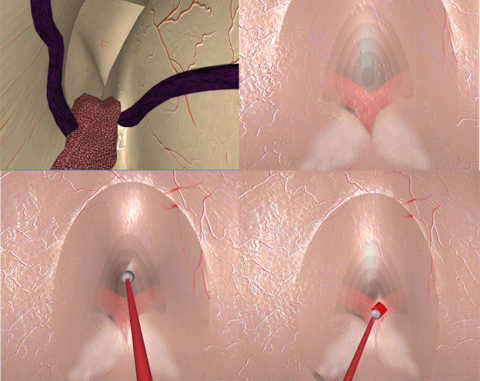Learning laparoscopic techniques is much more difficult for surgeons than learning open surgery procedures. Currently, surgeons are trained during actual operations, which increases patient risk and slows the operation, resulting in negative outcomes and greater cost. Surgical training using animals as patients is expensive and cannot duplicate human anatomy. Computer-based training can solve a number of these issues. Computer training is interactive, yet an instructor does not need to be present, so students may continue to practice in their free time. Any pathology or anatomical variation can be simulated, allowing for direct operating experience without harming patients or animals. Simulated positions and forces can be recorded and compared with established performance metrics to assess and credential students. Students would also be able to try different techniques and look at anatomy from perspectives that would be impossible during normal surgery.
We are working on developing real-time finite element models of soft tissue behavior and high fidelity haptic interfacing to deformable object models simulated in virtual environments. These models will help generate a realistic environment for surgical training.
This is a MeRCIS project under the guidance of Dr. M. Cenk Cavusoglu.

